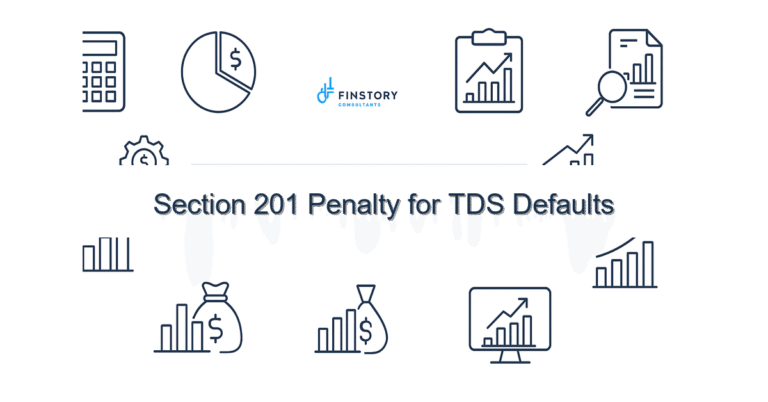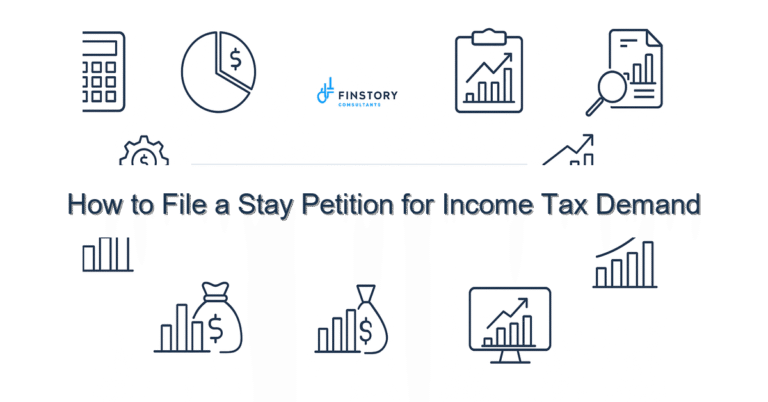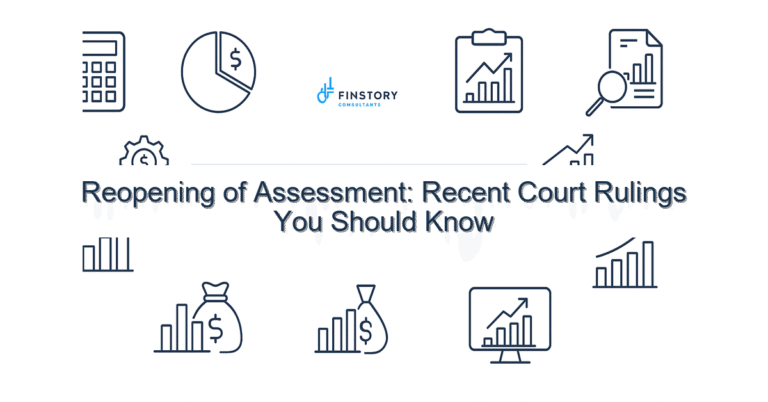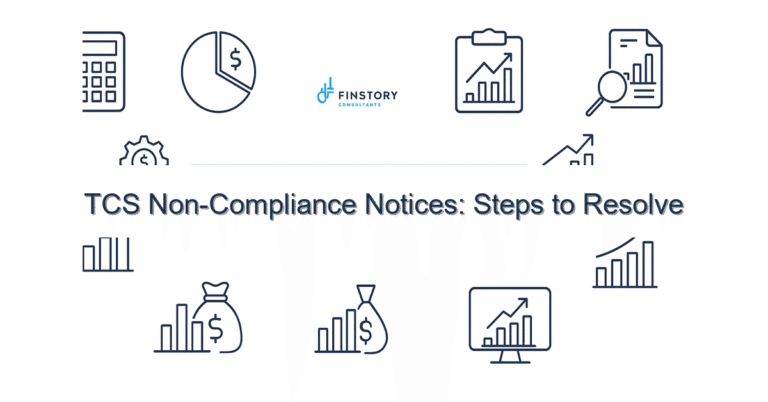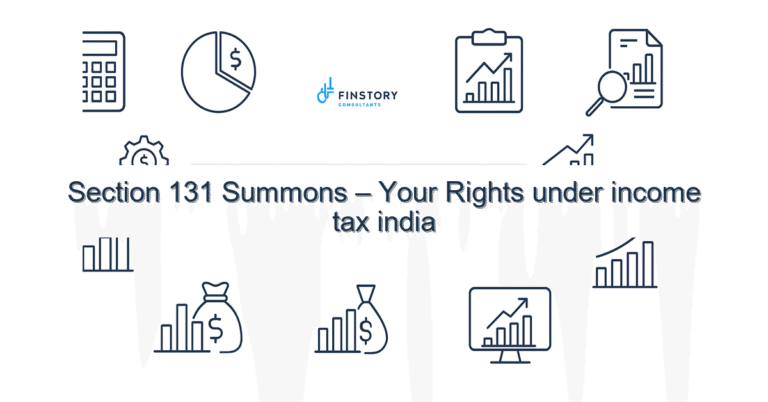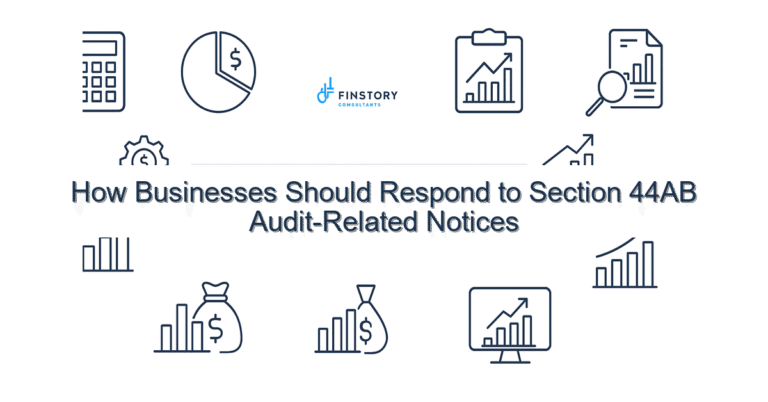How to File a Response to Income Tax Notice on e-Filing Portal
Receiving an income tax notice can feel like a punch in the gut — stressful, urgent, and full of unfamiliar terms. You are not alone: salaried employees, professionals, founders and MSMEs across India face these notices frequently and often don’t know the safest next step.
Summary: The key is to act quickly, understand the notice (section and timelines), reconcile records like AIS/26AS and ITR, pay any self-assessment tax (with challan 280) if required, and file a clear response on the e-Filing portal with supporting documents to avoid penalties or escalation.
What’s the real problem in India?
Tax administration in income tax india is increasingly digital — notices arrive on the e-Filing portal and expectations on timely, documented responses are high. But many taxpayers struggle with AY/PY terminology, the exact CBDT timelines, and the correct portal forms. Mix in TDS/TCS mismatches, overlooked capital gains indexation entries, or missed deductions like Section 80C limit claims — and you have a recipe for notices.
- You get a notice but don’t recognize whether it’s an intimation (u/s 143(1)) or a demand/deficiency notice (u/s 139(9), 143(2), 142(1)).
- TDS/TCS shown in AIS/26AS doesn’t match your records, causing disputed demand figures.
- Missed ITR filing last date or late payment interest results in unexpected interest and penalties.
What people get wrong
Common pitfalls turn a manageable notice into a headache:
- Ignoring the notice or missing the response deadline — which can lead to best judgment assessment or penalties under sections like 234A/234B/234C.
- Responding without reconciling AIS/26AS and bank statements — you may dispute tax credits wrongly or overlook credit entries.
- Not paying self-assessment tax or interest before filing a response — penalties can compound even if dispute is valid.
- Uploading incomplete supporting documents or using unclear language — increases the chance of follow-up notices.
A better approach
Use a structured, calm process rather than rushing a reply. Here’s a practical 4-step framework you can follow.
- Identify the notice: note the section, AY/PY, and the deadline. Intimation under 143(1) typically flags computational mismatches, while notices under 139(9) request ITR rectification.
- Reconcile records: download AIS/26AS and Form 26QB/26QC (if applicable), match TDS/TCS, capital gains (apply indexation where required), and check your bank/CAS entries.
- Resolve and document: pay any required self-assessment tax (Challan 280) and interest; prepare a concise response with supporting PDFs—salary slips, bank statements, contract invoices, capital gains computation, proof of Section 80C investments up to the Section 80C limit, etc.
- Submit on e-Filing portal: login, go to ‘My Account’ -> ‘View Notices’ or the ‘e-Proceedings’ section, click the notice and use the ‘Submit Response/Remedial’ option. Attach documents, include a clear cover note and keep the acknowledgement.
Real-world example: A Delhi-based freelancer received a 139(9) notice claiming a mismatch in TDS. After downloading AIS/26AS and their contract payments, they found a TDS credit missing from a client’s correction. By paying a small self-assessment interest and uploading the reconciliation on the portal, the demand was withdrawn within 30 days.
Quick implementation checklist
- Immediately download and save the notice from the e-Filing portal and note the deadline.
- Download AIS/26AS and compare TDS/TCS entries with your invoices/payments.
- Recompute the tax for the AY in question using new vs old regime slabs if needed, and check capital gains indexation where applicable.
- Identify documents to prove your claim (Form 16, invoices, bank statements, broker contract notes).
- If tax is payable, generate Challan 280 and make payment; note BSR code and challan number.
- Draft a concise response explaining reconciliation steps and attach evidence PDFs (naming each file clearly).
- Log in to incometax.gov.in e-Filing portal → View Notices → Open the notice → Click ‘Submit Response’ → Upload files and enter the challan if you paid tax.
- Keep the acknowledgment and monitor the e-Filing inbox for further communication.
- If unsure, consult an expert — unresolved replies may lead to penalties or assessment orders.
What success looks like
- Notice closed or demand reduced within 30–60 days.
- Refunds processed faster due to corrected ITR and reconciled AIS/26AS.
- Fewer follow-up notices in the next 1–2 years (better record-keeping).
- Reduced interest and penalty outgo by timely payment of self-assessment tax.
- Clear audit trail (documents + portal acknowledgements) for any future scrutiny.
Risks & how to manage them
Risk: Missing the deadline can lead to assessment under best judgment. Mitigation: If you cannot prepare a full response, at least submit a short reply requesting an extension or asking for clarifications via the portal to show active engagement.
Risk: Incorrect payment or wrong challan details. Mitigation: Double-check BSR code, challan serial and AY while paying. Keep receipts and bank debit proofs.
Risk: Uploading sensitive info insecurely. Mitigation: Use PDFs, redact unnecessary personal data, and only share with authorised tax professionals when needed.
Tools & data
Use these India-specific resources:
- AIS/26AS — your consolidated TDS/TCS and demand details.
- e-Filing portal (incometax.gov.in) — to download notices, submit responses and view acknowledgements.
- TDS/TCS tracking tools and your accounting software for reconciling receipts.
- Challan 280 generator for self-assessment tax payments and interest calculators for sections 234A/234B/234C.
Also refer to our detailed ITR preparation steps for deadlines like ITR filing last date and for strategies around new vs old regime slabs and Section 80C limit planning: [link:ITR guide] and [link:tax-saving tips].
FAQs
Q: Can I respond to a notice after the deadline?
A: You can respond but the tax office may proceed with best judgment assessment or levy penalties. Always try to upload at least a preliminary response or request for clarification on the portal to show intent.
Q: Do I need to pay tax before responding?
A: If the notice asks for additional tax, paying self-assessment tax (Challan 280) with interest helps avoid further interest/penalty. Include the challan details in your e-Filing response.
Q: My AIS/26AS shows less TDS than I have. What next?
A: Reconcile with client Form 16A or TDS certificates. Contact the deductor to file a correction statement (TDS correction). Meanwhile, explain the discrepancy in your response and provide supporting invoices.
Q: Will responding myself be enough or should I hire a tax professional?
A: For simple computational mismatches you may respond yourself. For complex issues — large demands, transfer pricing, multi-year capital gains (indexation), or legal notices — consult a professional to avoid costly mistakes.
Next steps
If you’re unsure about the notice type, tax computations, or the portal process, don’t delay. A short review can prevent interest and penalties and often gets the demand withdrawn quickly.
Work with Finstory. Speak with an Expert for a personalised plan to reduce your tax outgo and stay compliant. Book a free 20-min consultation.
📞 Need help with Income Tax in India?
Book a 20-min consultation with our tax team. Individuals, founders & MSMEs welcome.
Prefer email or phone? Write to info@finstory.net
or call +91 44-45811170.

